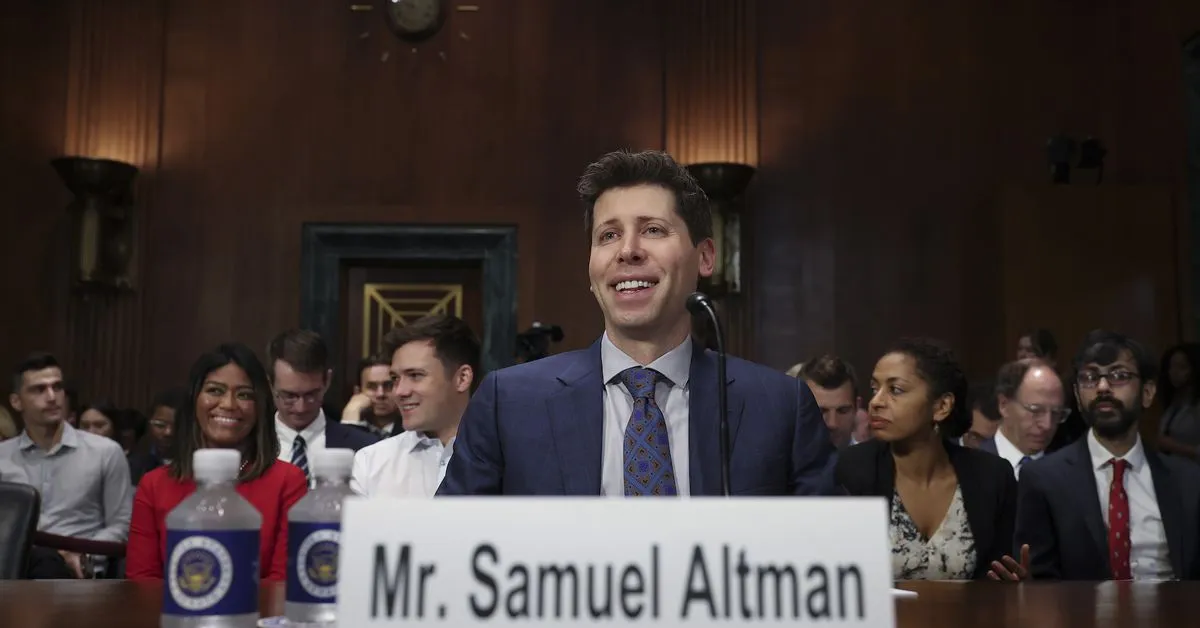This week, a letter signed by more than 350 people, including Microsoft founder Bill Gates, OpenAI CEO Sam Altman, and former Google scientist Geoffrey Hinton (sometimes called the “Godfather of AI”) delivered a single, declarative sentence: “Mitigating the risk of extinction from AI should be a global priority alongside other societal-scale risks such as pandemics and nuclear war.”
The titans of U.S. tech have gone from being labeled as self-serving techno-utopianists to being the most vocal propagators of a techno-dystopian narrative. This week’s open letter, signed by more than 350 people, including Microsoft founder Bill Gates, OpenAI CEO Sam Altman, and former Google scientist Geoffrey Hinton, declared that mitigating the risk of extinction from AI should be a global priority. The question is: how, exactly, should we mitigate it?
The crypto industry, working with other technological solutions and in concert with thoughtful regulation, can help society keep AI in its lane. Blockchains can help with the provenance of data inputs, with proofs to prevent deep fakes and other forms of disinformation, and to enable collective, rather than corporate, ownership. But even setting aside those considerations, the most valuable contribution from the crypto community lies in its “decentralization mindset,” which offers a unique perspective on the dangers posed by concentrated ownership of such a powerful technology.
The decentralization mindset treats decentralization as the way to address risks. If there is no single, centralized entity with middleman powers to determine the outcome of an exchange between two actors, and both can trust the information available about that exchange, then the threat of malicious intervention is neutralized. This worldview can be applied to the demands laid out in this week’s AI “extinction” letter.
Some in the crypto community are concerned that these big AI players rushing to regulate will create a moat to protect their first-mover advantage, making it harder for competitors to go after them. This would create the very centralized risk that decades-old crypto thought-experiments tell us to avoid.
We need to involve some level of regulation in the AI extinction-mitigation strategy, but there’s no way that this borderless, open, rapidly changing technology can be controlled entirely by governments. We need to figure out the right, complementary mix of national government regulation, international treaties, and decentralized, transnational governance models. There are lessons to take from the approach that governments, academic institutions, private companies, and non-profit organizations took to regulating the internet.
